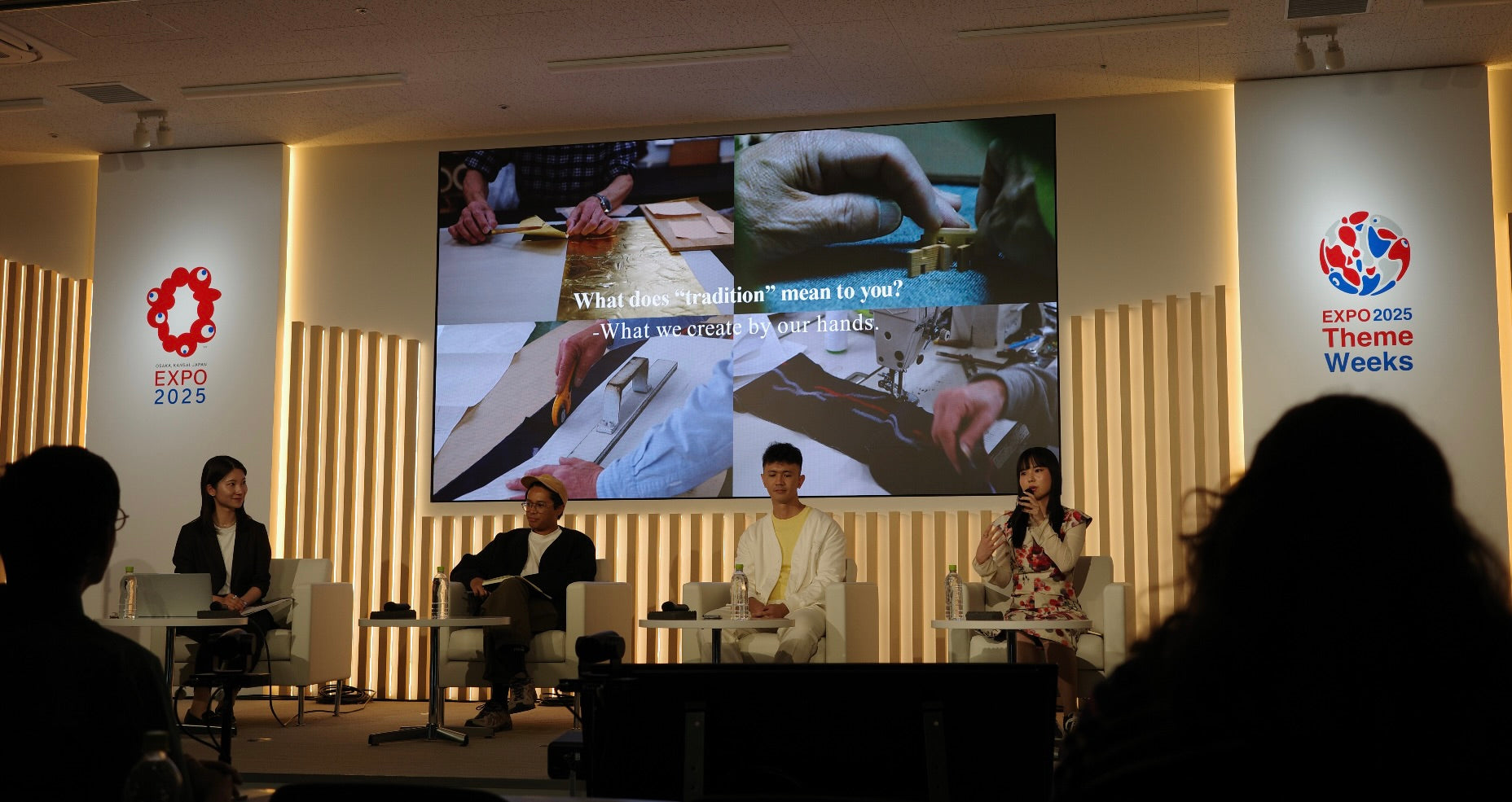ABOUT
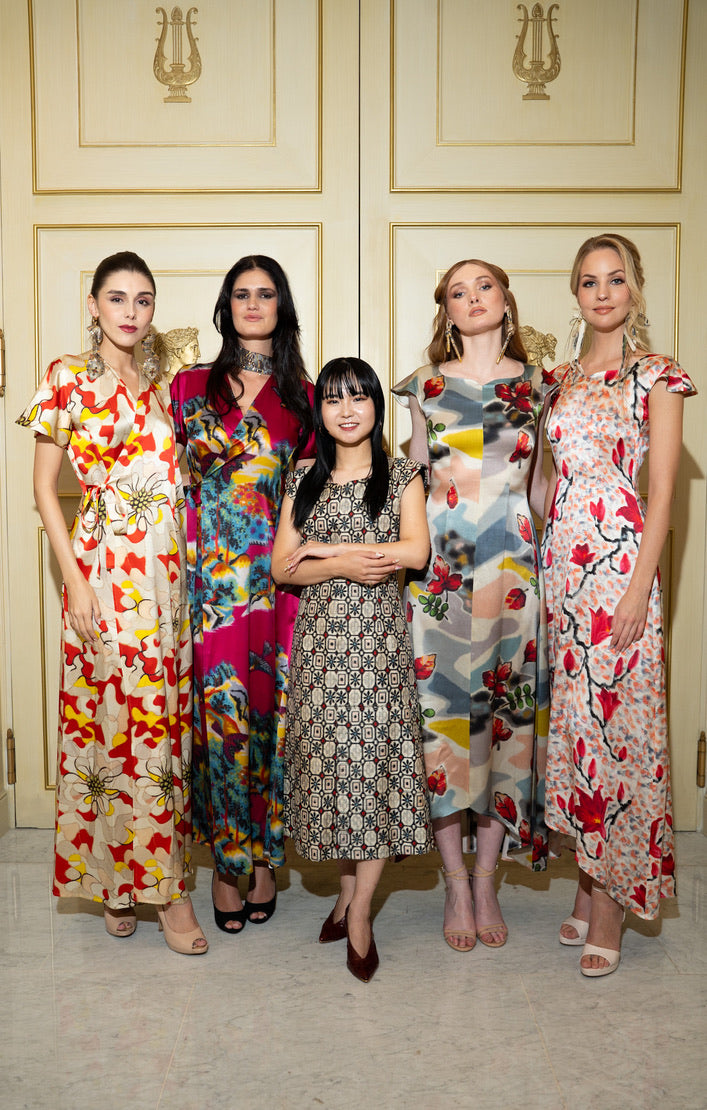
Subheading
Image with text
Use this text to share information about your brand with your customers. Describe a product, share announcements, or welcome customers to your store.
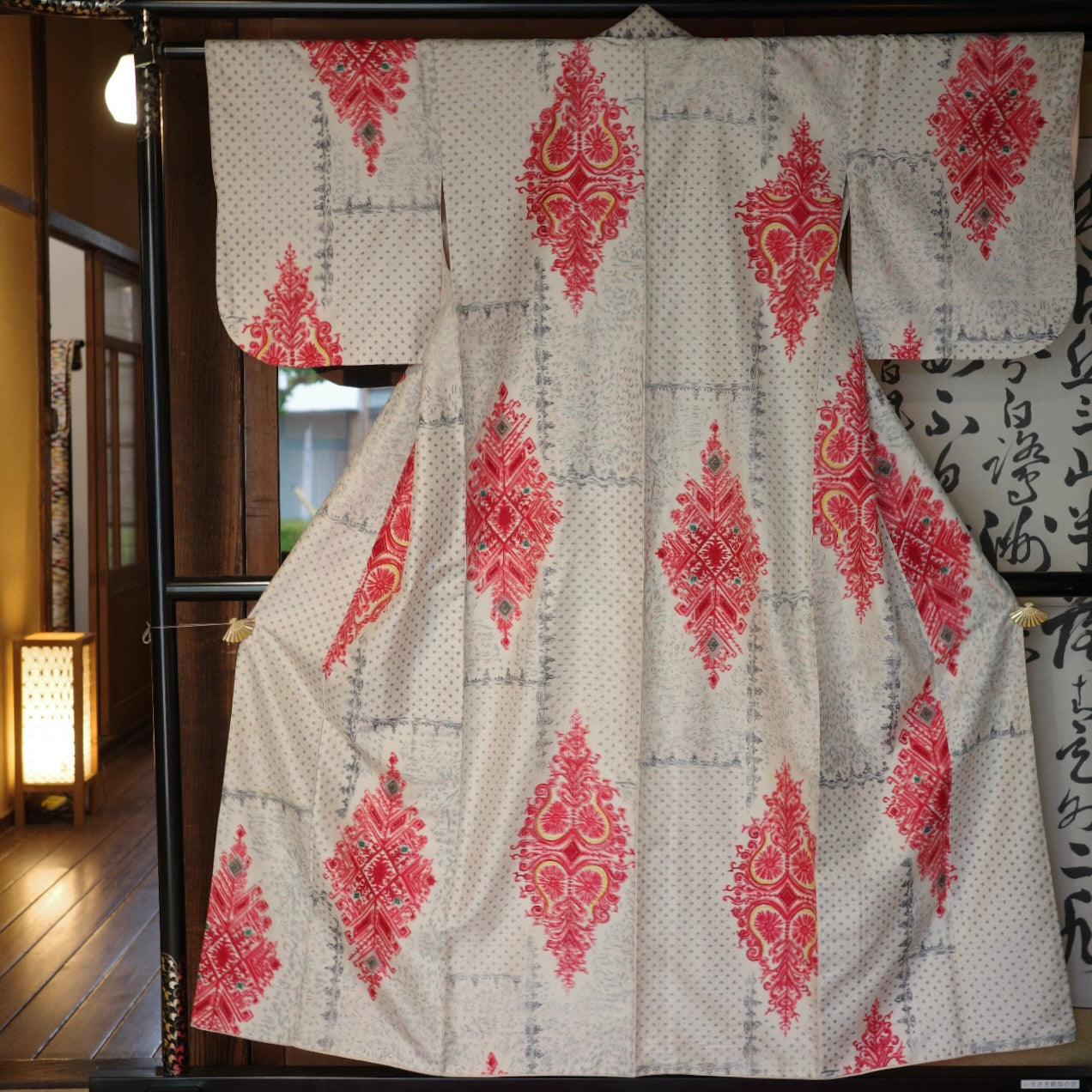
Our Vision
Revival of iseaki meisen
We are developing our brand with the long-term vision of reviving "Isesaki Meisen".
Since our launch in 2020, we have been upcycling Isesaki Meisen and transforming it from kimonos into clothing. Despite being a wonderful culture, Meisen has fallen into decline and is rare, so we have been faced with a dilemma: it will one day disappear.
Therefore, with the aim of reviving the techniques of Isesaki Meisen, I am researching and training in the production area every day.
The original textile brand "Ainonuno" develops fabrics using modern technology while digitally archiving unique and modern pattern designs.
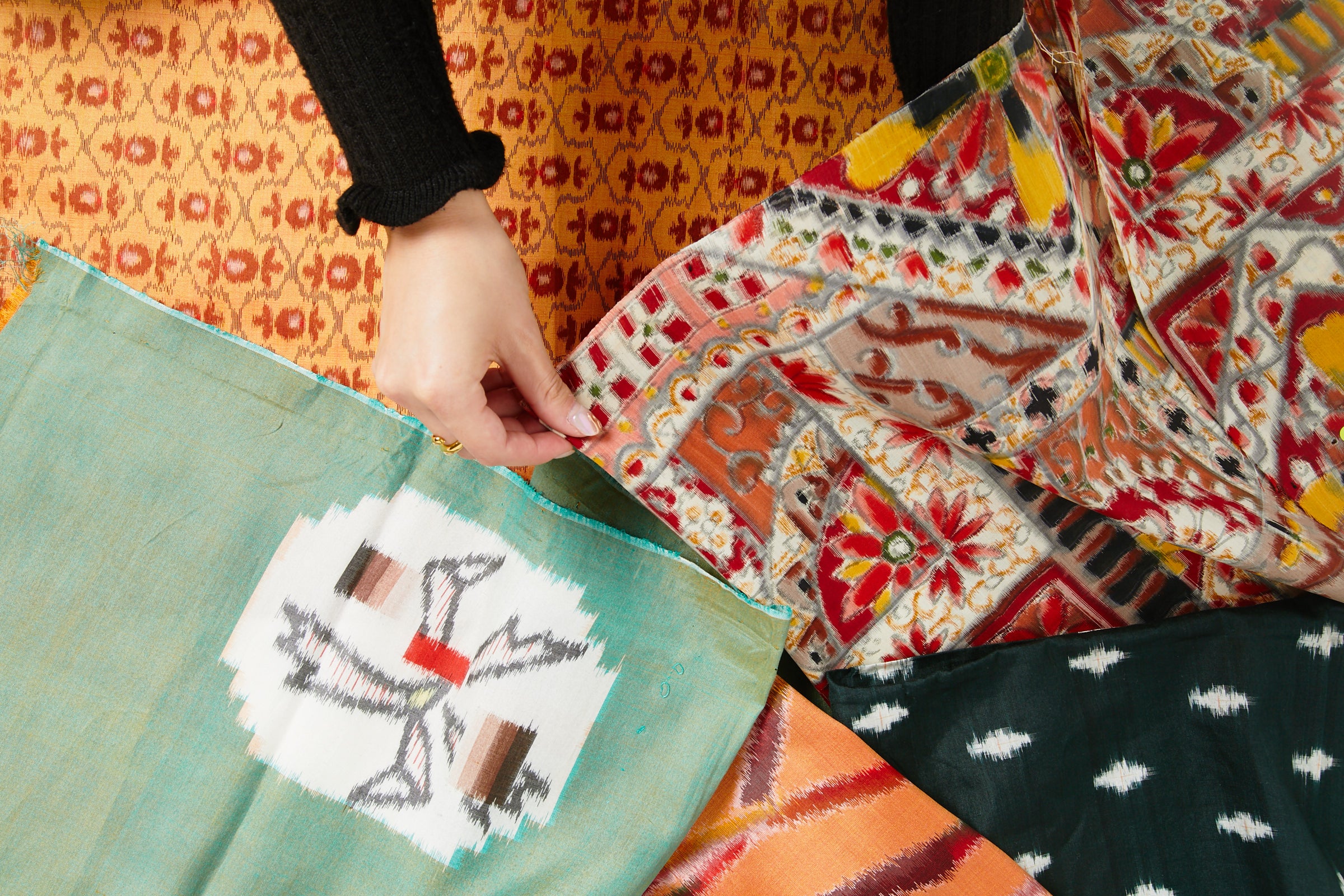
Upcycling
Communicating in a new way
We select beautiful, high-quality Isesaki Meisen kimonos, carefully hand-unravel each one, clean them, and use them as fabric to remake new clothing.
We revive a culture that has declined due to the use of kimono as fashion.
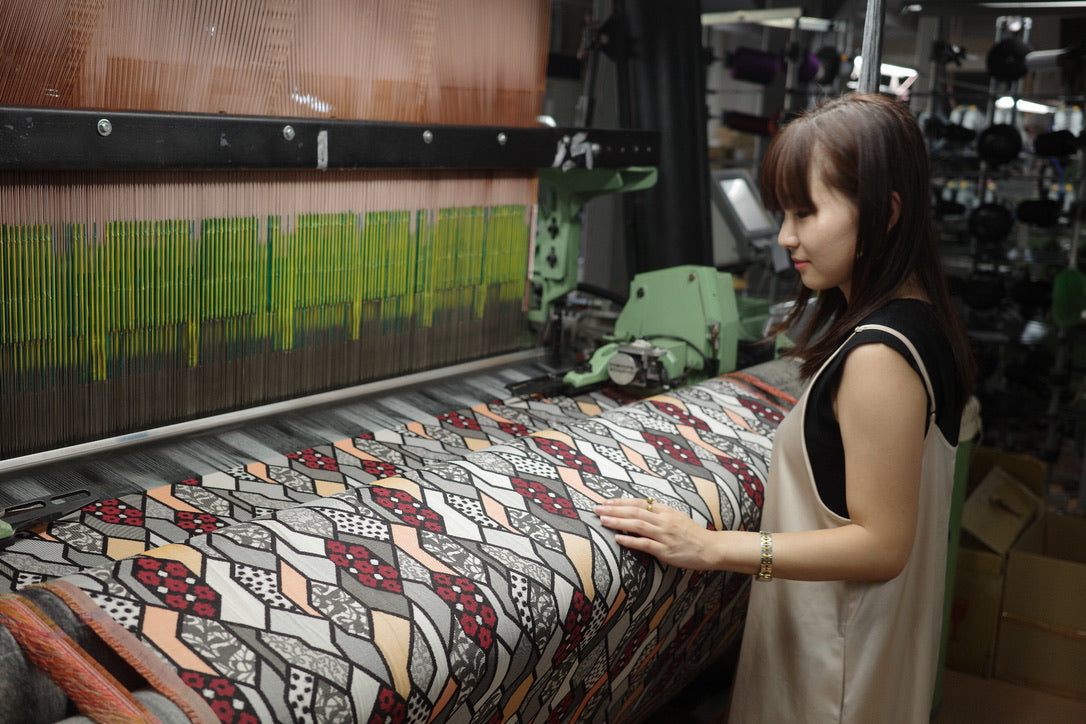
Original textile
Love Nuno
The greatest feature of Isesaki Meisen is its playful pattern design. It has rich colors, abstract patterns, geometric patterns, and art-like designs. We are digitally archiving these and developing textiles using modern technology.

Sustainability
A Circular Approach to Cultural Craftsmanship
At Ay, sustainability is not a trend — it is a philosophy rooted in respect for materials, culture, and people.
By upcycling vintage Isesaki Meisen silk kimonos, Ay gives new life to existing textiles rather than producing excess. Each garment is created in limited quantities, based on the condition and availability of the original fabric, ensuring minimal waste and maximum care.
In addition, Ay develops original sustainable textiles through digital archiving and on-demand production. Historic kimono patterns are preserved digitally and reproduced only when needed, reducing excess inventory, water usage, and material waste compared to conventional textile manufacturing.
All production is carried out in collaboration with trusted Japanese factories that uphold the highest standards of craftsmanship, ethical labor, and quality control.
Through these practices, Ay embraces a circular model of fashion — one that honors the past, supports the present, and designs responsibly for the future.
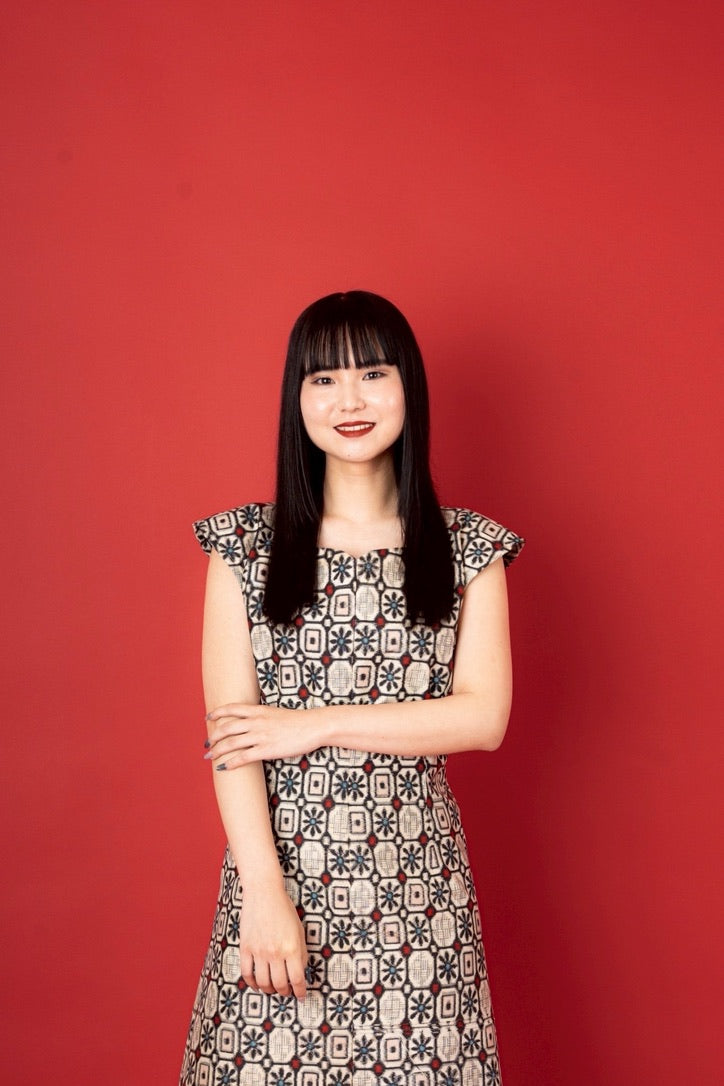
Founder & CEO
AYA MURAKAMI
Aya Murakami is the Founder and CEO of Ay, a Japanese cultural fashion brand rooted in textile heritage.
Born and raised in Isesaki City, Gunma Prefecture, an area historically renowned for silk production and Isesaki Meisen kimono textiles, Aya grew up surrounded by the remnants of a once-thriving industry. Although kimono culture had already declined by her childhood, this disappearing landscape sparked a deep curiosity about local history, craftsmanship, and cultural continuity.
After gaining broader perspectives through education and international experiences, Aya began exploring ways to reconnect regional culture with contemporary society. She researched traditional textile techniques across Japan and engaged directly with artisans and factories to understand both the beauty and the challenges facing craft industries today.
In 2020, Aya founded Ay with a clear mission:
to carry the cultural identity of her hometown into the present through fashion, textiles, and sustainable design.
Today, she leads Ay as a brand that bridges tradition and innovation — combining kimono upcycling, digital textile archiving, and ethical production to create fashion that keeps culture alive through use.
